Knowing how to ask yourselves the right questions and then answer them is the key to improve your chances on any bridge hand, be it as declarer or as defender.
I’ll give you a hand below, and a series of questions – like a riddle! Try to answer these questions by yourself. Then look at the answers, which will be presented together with the full deal.
At the end we’ll summarize a few important “Things to remember” for each problem. Enjoy!
Dealer South, East-West Vulnerable
You agreed to play standard carding with partner (for attitude: high card encourages and low card discourages; for count: high – low shows even number of cards, low – high shows odd).
Partner led the ♥J. Dummy played the ♥Q, you won with the ♥K and continued with the ♥A (partner followed with the ♥2).
- What is the meaning of partner’s lead?
- How will you continue?
- You tried a 3rd Heart but declarer ruffed and continued with a Spade to dummy’s ♠K (partner followed with the ♠3). How many tricks can you count for the defense?
- How many trumps does partner have?
- Where does the setting trick come from?
- How will you continue?

Comments
2 responses to “Seeing through cards #18”
Since East follows North and movement is clockwise it helps if the North cards are shown in the first coloumn and East cards in second and the bidding could be shown in the square below North.
Thank you, Oren, for your thoughtful analysis and suggestions, all great points. I will try to incorporate them into my thinking in the future.